In 2014 Manifesta will hold its tenth edition in St. Petersburg. The board of AICA The Netherlands is worried about the choice of location and therefore wrote a letter to Manifesta director Hedwig Fijen.
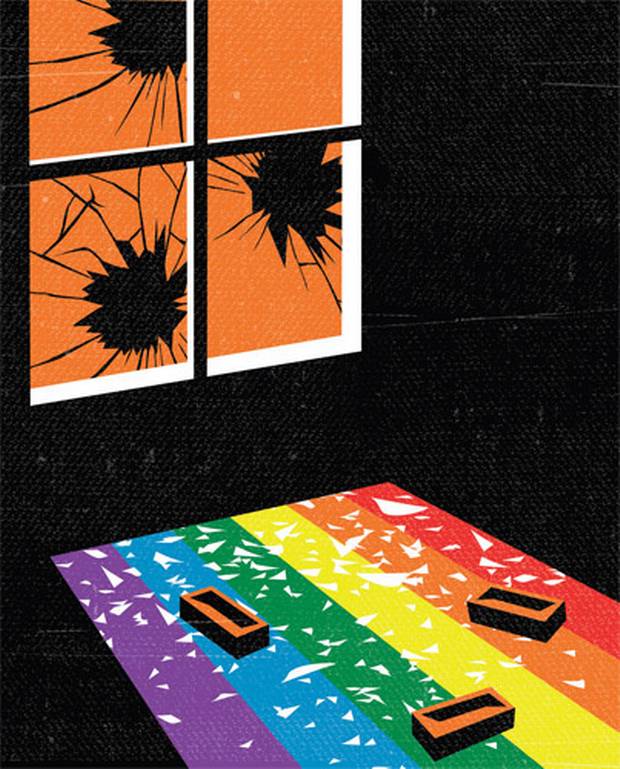
Amsterdam, November 29, 2013
Dear Mrs. Fijen,
In 2014 Manifesta will hold its tenth edition in St. Petersburg. Artists from all over the world will be invited to show their work at various venues in town.
This year Russia introduced new legislation which forbids homosexuals to openly declare their sexual orientation. Propaganda of homosexuality in the presence of minors is now a criminal offence. This legislation applies to both Russians and foreign visitors. AICA The Netherlands is of the opinion that the exclusion of homosexuals and criminalising homosexuality is unacceptable.
In view of said Russian legislation we also feel free artistic expression is no longer possible. In fact, it remains to be seen whether the artists you have invited, for many of whom homosexuality features in their work, will be granted a visa to enter Russia.
By selecting St. Petersburg as host for Manifesta 10 it will therefore remain questionable whether the exhibition’s curator has, consciously or unconsciously, engaged in self-censorship in order not to offend the host country in the current situation in Russia. Or, conversely, in order not to expose certain artists to the risk of arrest or even molestation. From various press reports we now know that people suspected of being homosexual are harassed in the streets of St. Petersburg or even confronted with physical violence, situations in which the police often fail to act.
How do you envisage a situation in which an artist stages a performance of supposedly ‘homosexual’ content in the public domain? Have you budgeted for legal assistance in case artists are arrested or fined on the grounds of violating the anti-gay laws?
In a first response to protests against organising the Manifesta exhibition in St. Petersburg you stated that Manifesta wants to build bridges. But how can these bridges be built when they remain closed for artists whose work can be associated with homosexuality? And do you not pass on the responsibility for any difficulties from the organisation to the artists, who have to fear for their own safety?
We would like, perhaps unnecessarily, to point out that homosexuality is not a choice. Expressing it in art is not activism or propaganda, but a visual representation of how life presents itself to us.
We would like to draw your attention to the words of Dmitry Vilensky, member of Chto Delat (“What is to be done”), a group of thinkers and artists in Russia:
Instead of a declaration of solidarity with the LGBT community, with all of those who are persecuted in Russia (from migrants to the members of art collectives sitting in prison), we hear that Manifesta will not participate in any propaganda, instead it will attempt to maintain a neutral space for dialogue. There is no such thing as a neutral space for discussion in Russia today – you are either on the side of the repressive conservative ideology machine, of cheap entertainment and mind-wasting of the creative class, or you are fighting to develop a viable alternative to all of this.
In view of the above, AICA The Netherlands strongly urges you to reconsider Russia as host country for Manifesta 10 or to explain which measures you will take to prevent any situations as outlined above.
Yours sincerely,
On behalf of the board of AICA The Netherlands
Robert-Jan Muller
Chairperson
AICA The Netherlands is the Dutch division of the International Association of Art Critics (Association des Critiques d’Art) and consists of 170 members.
source: Aicanederland


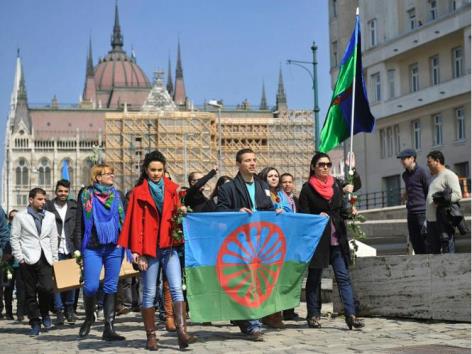
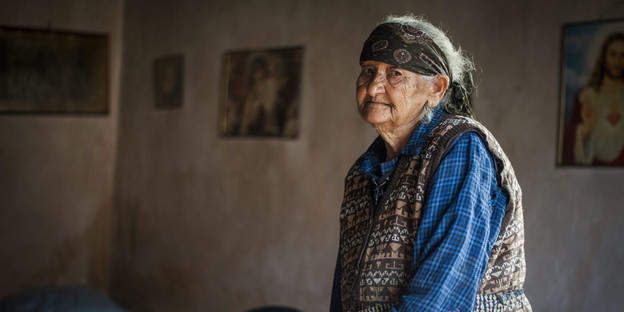

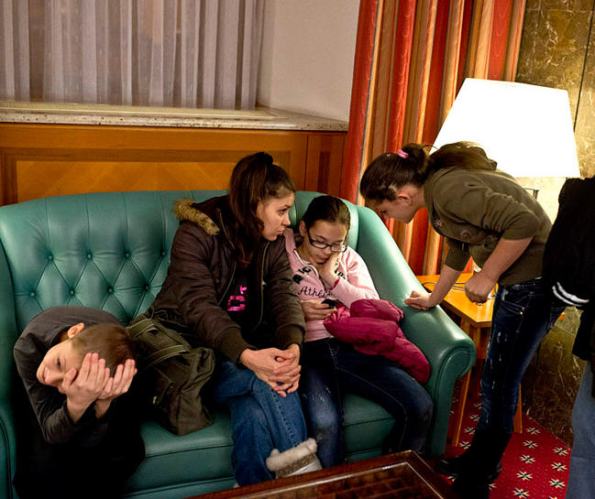
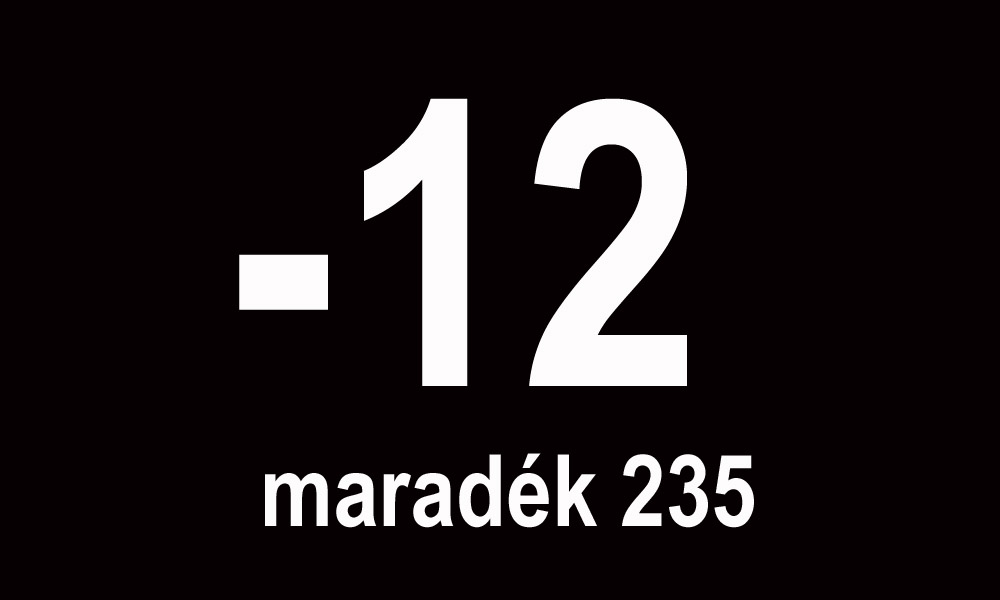 MMA countdown – Free Artists welcomes the resigned MMA-members!
MMA countdown – Free Artists welcomes the resigned MMA-members! TRANSZPARENCIÁT!
TRANSZPARENCIÁT!